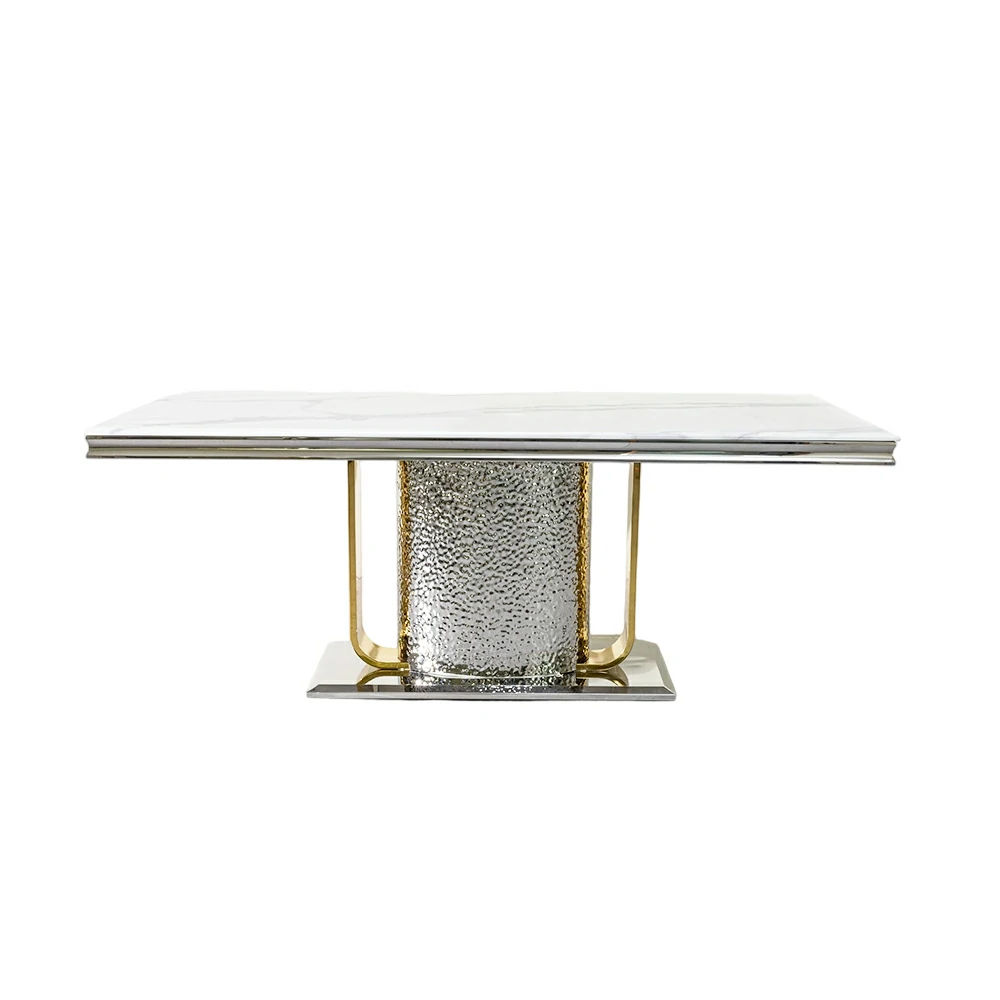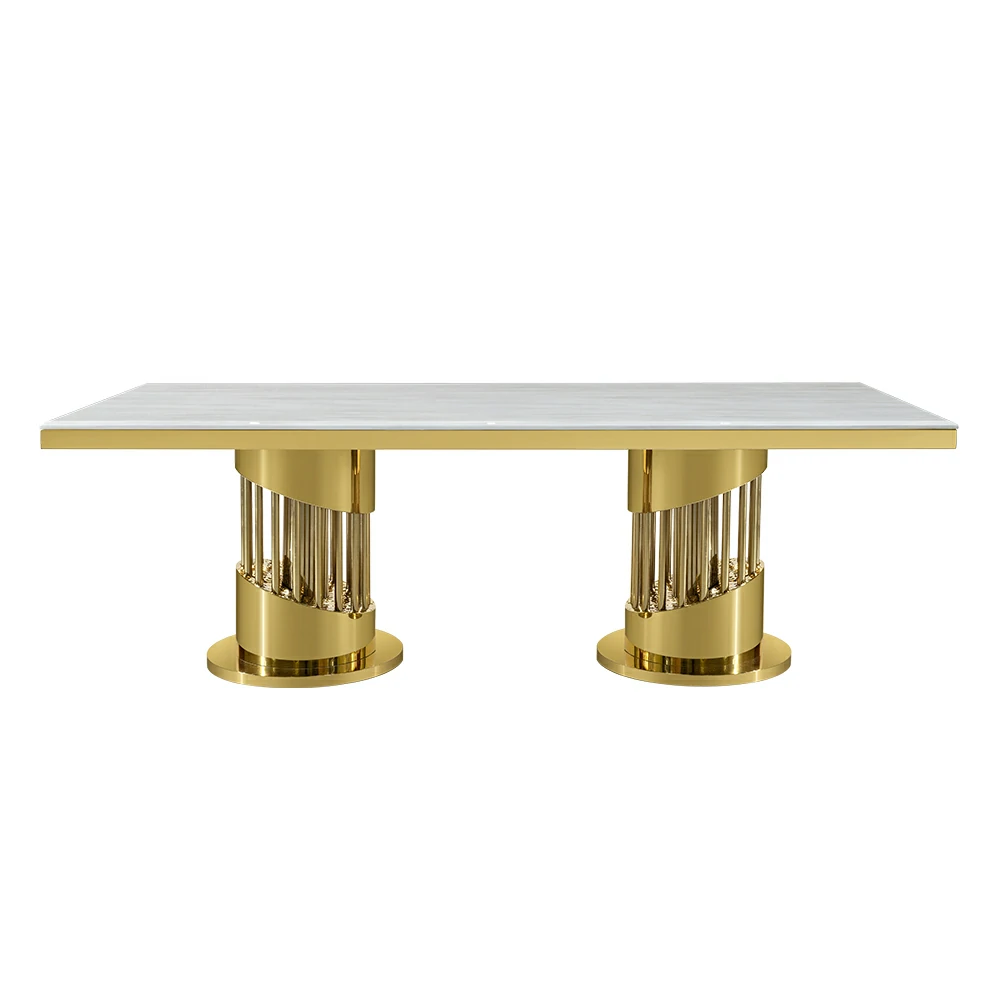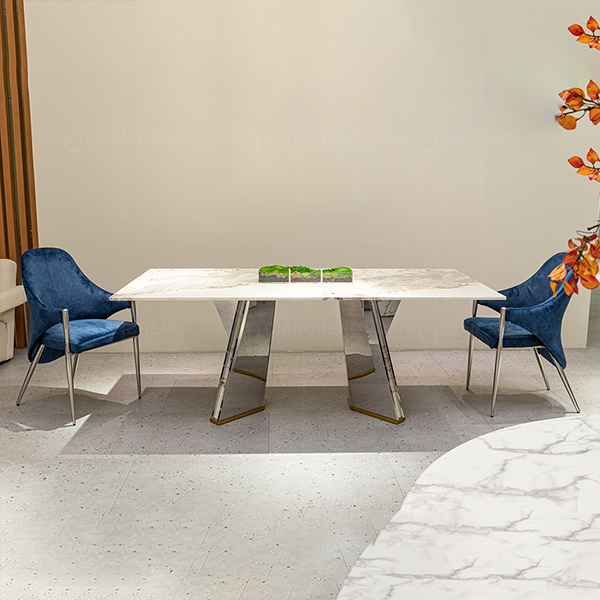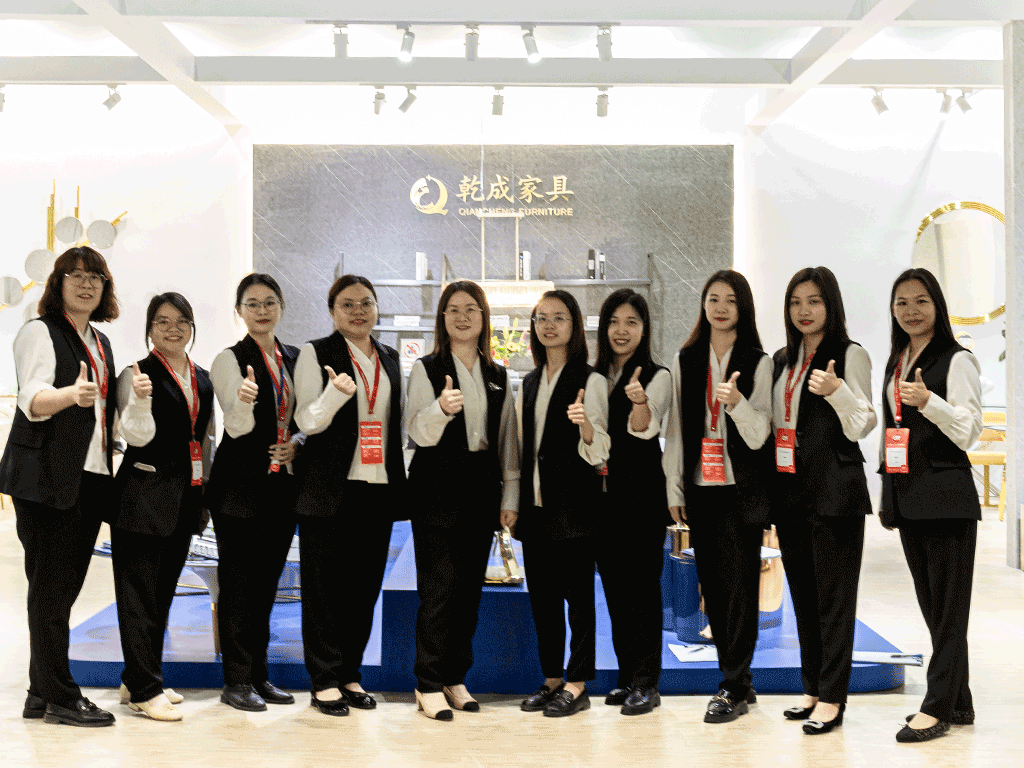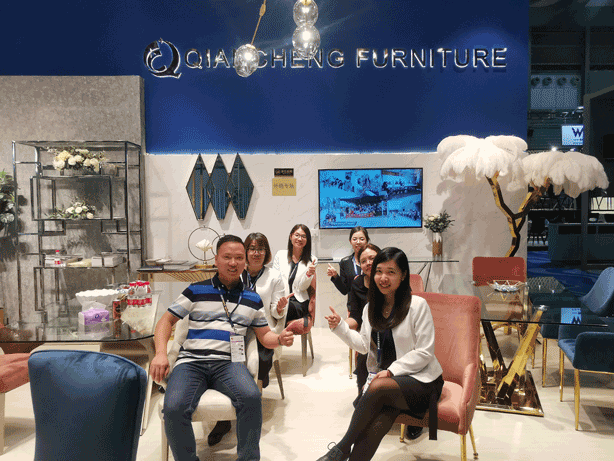The global stage witnesses China’s Furniture Manufacturing Industry taking a prominent position, poised for substantial expansion. Projected to reach US$95.58bn in 2024, boasting an impressive 11.17% annual growth rate, this sector plays a pivotal role in the international economy. Noteworthy is the dominance of the Living Room Furniture segment, securing a substantial market share at US$36.05bn. Despite the United States leading in overall revenue with US$253bn in 2024, China’s per-person revenue of US$66.72 underscores a thriving market. Driven by a robust economy and a growing middle class, China’s relentless appetite for affordable, high-quality furniture establishes it as an appealing hub for both domestic and international manufacturers.
Historical Perspective
Evolution of China’s Furniture Manufacturing
China’s furniture manufacturing has undergone a remarkable transformation over the decades. Historically rooted in traditional craftsmanship, the industry experienced a shift towards mass production and modernization during the mid-20th century. Early furniture production was characterized by skilled artisans crafting handmade pieces, reflecting cultural influences and regional styles. As industrialization took hold, China embraced technology and adopted assembly-line methods, increasing furniture manufacturing efficiency and scale.
Key Milestones and Turning Points
Several pivotal moments have shaped the trajectory of China’s furniture manufacturing. The late 20th century witnessed a surge in exports as China opened up to global markets. Joining the World Trade Organization (WTO) in 2001 marked a turning point, facilitating increased international trade and investment. The industry’s globalization led to collaborations with foreign designers and a broader design spectrum, elevating China’s furniture sector on the global stage.
Influence of Economic and Policy Changes
Economic reforms and policy changes have been crucial in shaping China’s furniture manufacturing landscape. Opening up to market-oriented reforms in the late 20th century spurred growth and innovation. Government policies promoting sustainable practices and technological advancements further influenced the industry. As China navigates economic shifts and embraces a more consumer-centric approach, the furniture manufacturing sector continues to evolve, adapting to changing market dynamics and consumer preferences.
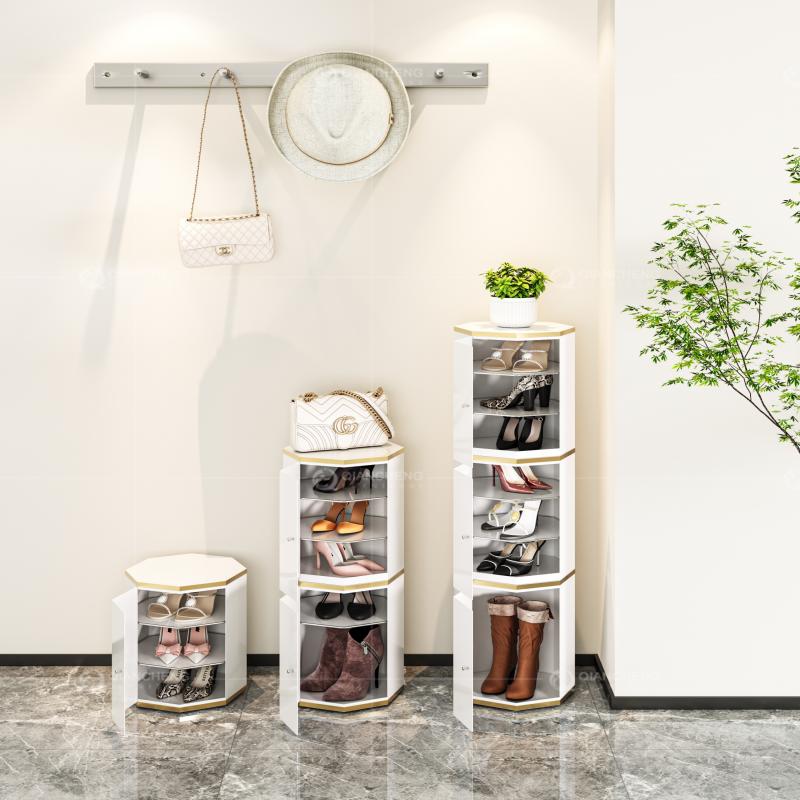
Current Landscape
Market Size and Growth Trends
China’s furniture manufacturing sector has become a global powerhouse, with a substantial market size and dynamic growth trends. The industry has experienced robust expansion, driven by factors such as urbanization, rising disposable incomes, and a growing middle class. Modern design trends, coupled with a focus on quality and sustainability, contribute to the sector’s continued growth.
The current landscape features a diverse array of major players in China’s furniture manufacturing. Established domestic brands and international collaborations coexist, creating a competitive market. Key players command significant market share, leveraging innovation, design expertise, and production capabilities to maintain their positions in the industry.
Export and Import Dynamics
China remains a significant player in the global furniture trade, both as a major exporter and importer. The country’s furniture exports continue to be in high demand globally, benefiting from cost competitiveness and manufacturing efficiency. Simultaneously, the import of high-quality materials and designs contributes to the industry’s vitality, reflecting a balanced integration into the global furniture market.
Manufacturing Processes
Overview of Furniture Manufacturing in China
China’s furniture manufacturing encompasses a comprehensive process, from raw materials to finished products. Factories employ a combination of traditional craftsmanship and modern production methods. Woodworking, metal fabrication, and upholstery are integral stages, reflecting a diverse range of materials and styles. The manufacturing ecosystem is characterized by efficiency, scale, and adaptability to diverse market demands.
Technological Advancements
The sector has witnessed significant technological advancements in recent years. Automation, precision machinery, and computer-aided design (CAD) have streamlined production processes, enhancing efficiency and minimizing waste. Robotics and smart manufacturing technologies are increasingly integrated, allowing for precision and speed in mass production.
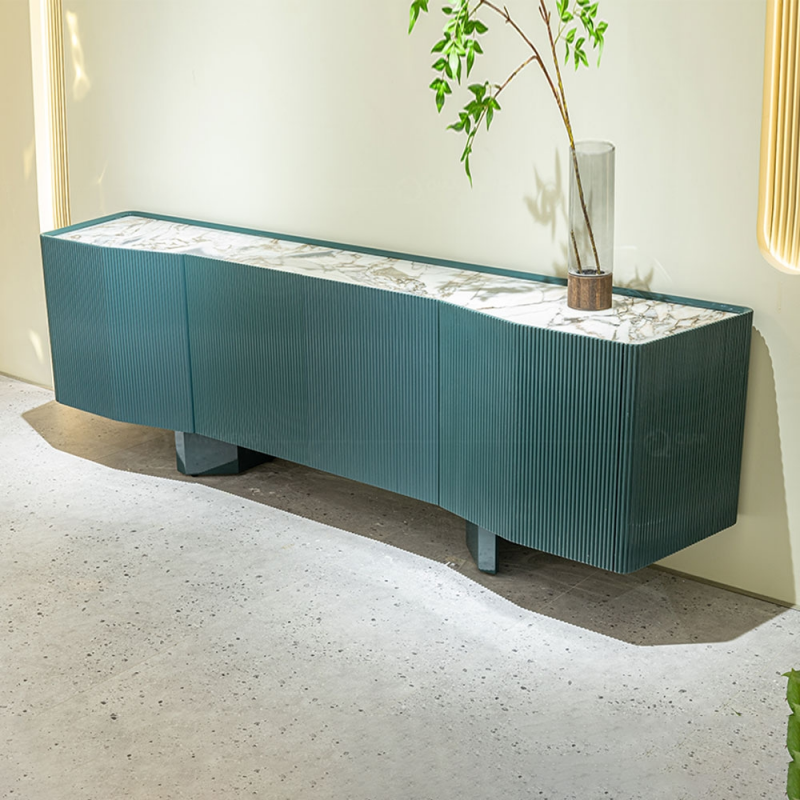
Sustainable Practices and Innovation
A notable shift towards sustainable practices is observed in China’s furniture manufacturing. From eco-friendly materials to energy-efficient production processes, the industry is embracing innovation to reduce its environmental footprint. Circular economy principles, such as recycling and upcycling, are gaining prominence, reflecting a commitment to long-term sustainability and responsible manufacturing.
Market Segmentation
Residential Furniture
The residential furniture segment in China encompasses a wide range of products catering to homes and private spaces. From bedroom sets to living room furniture, manufacturers focus on blending functionality with aesthetics. Trends in residential furniture often reflect changing consumer lifestyles, with an emphasis on comfort, style, and innovative space-saving solutions.
Commercial Furniture
Commercial furniture serves diverse sectors, including offices, hospitality, and public spaces. The segment includes office desks, seating arrangements, and specialized furniture for hotels and public institutions. With the rise of co-working spaces and modern office designs, commercial furniture trends often emphasize ergonomics, collaboration, and adaptable solutions to meet the evolving needs of businesses.
Trends in Customization and Design
Customization and design trends are shaping the furniture market in China. Consumers increasingly seek personalized solutions, leading to a surge in demand for customizable furniture. The industry responds with innovative design concepts, allowing customers to tailor furniture to their preferences, reflecting individual tastes and unique spatial requirements. This trend underscores a shift towards more inclusive and consumer-centric approaches in the furniture manufacturing landscape.
International Trade and Export
China’s Dominance in Global Furniture Export
China holds a prominent position in the global furniture export market. The country’s manufacturing prowess, cost competitiveness, and expansive production capabilities contribute to its dominance. Chinese furniture exports cover a diverse range of products, from traditional pieces to modern designs, meeting the demands of a vast international consumer base.
Trade Partnerships and Agreements
China has established key trade partnerships and agreements to bolster its international furniture trade. Participation in organizations like the World Trade Organization (WTO) and bilateral agreements with major trading partners facilitate smoother export processes. Collaborations with foreign designers and brands further enhance the global appeal of Chinese furniture, fostering cross-cultural exchanges and market expansion.
Challenges and Opportunities in Export
While China’s furniture export market thrives, challenges such as rising production costs and trade tensions pose considerations for manufacturers. Opportunities lie in diversifying export markets, focusing on premium and innovative designs, and adapting to changing regulatory landscapes. Navigating challenges and capitalizing on opportunities is crucial for sustaining and expanding China’s role in the global furniture export arena.
Qiancheng Furniture: Leading in China
Innovation and Design Prowess
With over 13 years of specialization in OEM and ODM home furniture, Qiancheng Furniture holds an impressive portfolio of 200+ original design patents. The company adopts a dynamic strategy, introducing three new series every month. Their leading-edge technology in dining furniture production, coupled with high-quality sample customization services, reflects a commitment to innovation and customer satisfaction. The emphasis on original design patents positions Qiancheng Furniture as an industry trendsetter.
Quality Control Excellence
Qiancheng Furniture is a leader in China’s furniture industry, driven by a commitment to high-end products and rigorous quality control. A dedicated 5-person QC team ensures stability, fabric quality, stainless steel quality, sizing, and more. Each production process undergoes 100% QC checking, adhering to stringent standards before progressing to the next phase. This meticulous approach guarantees the delivery of top-notch furniture to customers.
Market Presence and Global Recognition
Qiancheng Furniture has cultivated strong ties with major players in the industry, maintaining long-term collaborations with large furniture wholesalers, distributors, retailers, and project contractors. The company’s products enjoy widespread popularity in both domestic and international markets. Participating in numerous prestigious furniture exhibitions, including those in Shanghai, Guangzhou, and Canton, has earned Qiancheng Furniture international acclaim. Their products consistently receive unanimous praise, showcasing their global impact and market acceptance.
Proven Track Record and Production Capability
Over the years, Qiancheng Furniture has solidified its standing as a leading factory specializing in the research and development of stainless steel furniture. The company’s impressive track record is underscored by its consistent presence among the top 3 companies in the industry. Boasting large-scale production capabilities, the company’s robust sales team can meet substantial demand, offering a minimum of 100x40HQ containers per month. Qiancheng Furniture’s commitment to excellence, both in terms of quality and quantity, establishes it as a reliable and preferred choice in the competitive furniture market.
Technological Advancements
Integration of AI and Automation
The furniture industry is witnessing a transformative integration of Artificial Intelligence (AI) and automation. From precision cutting to smart assembly lines, AI streamlines production processes, enhancing accuracy and reducing manual labor.
Smart Furniture and IoT
The rise of smart furniture, interconnected through the Internet of Things (IoT), marks a significant technological leap. Furniture embedded with sensors and connectivity features allows for innovative functionalities, including automated adjustments, personalized settings, and seamless integration with smart home ecosystems.
Impact on Efficiency and Productivity
Technological advancements contribute to heightened efficiency and productivity in furniture manufacturing. AI-driven analytics optimize production schedules, while automation minimizes errors and speeds up processes. The result is a more streamlined and responsive industry, meeting the demands of a rapidly evolving market.
CONCLUSION
China’s furniture manufacturing industry, exemplified by leaders like Qiancheng Furniture, has undergone a remarkable journey of evolution, embracing technological advancements, and establishing a formidable global presence. With a focus on quality control, innovation, and international collaborations, these manufacturers are positioned as trendsetters. The integration of AI, automation, and IoT is propelling the industry towards greater efficiency and customization. While anticipating future challenges, such as rising costs, the commitment to sustainability and strategic mitigation strategies ensures resilience. The future outlook emphasizes a continued dedication to innovation, sustainable practices, and maintaining a competitive edge in the global market, solidifying China’s role as a powerhouse in the furniture manufacturing landscape.


.jpg)
